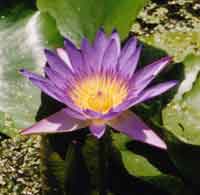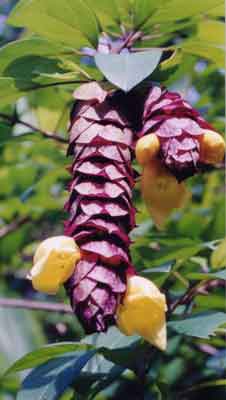Manufacturers
Categories
Information
More Information
Important Links
Flower

Flowering plants, or Angiosperms, are the most diverse of all plants. Like other structures, flowers consist of different tissues and parts that collectively have one main function: in this case, to produce a new generation through sexual reproduction.
Flower parts are attached to the receptacle, which is the swollen region at the end of the penduncle, the stalk of the flower. The outermost whorl of floral parts is composed of sepals, collectively called the calyx. Petals, together called the corolla, form the next inner whorl. Sepals and petals are the sterile parts of flowers.
The fertile parts of the flowers are the stamens, which form inside the corolla, and the pistil in the center of the flower. Most stamens consist of 4 pollen containing chambers that are fused into an anther, which produce pollen grains and is generally on a stalk called a filament. The stamens are often referred to as the male part.
Flowers usually bear one or more pistils, each consisting of an enlarged lower end called the ovary, and the stigma, which is the receptive area for the pollen. The stigma is often borne on a stalk like style that extends from the ovary, thereby elevating the stigma to a level that may enhance pollination.
A pistil has one or more ovule-bearing units called carpels. In the simplest pistils, there is one carpel, with one ovary containing one or more ovules. Carpels and pistels are often referred to as the female part of the plant.
| Characteristic | Dicots(usually) | Monocots(usually) |
| Flower parts | in 4s or 5s | in 3s |
| Pollen | 3 furrows or pores | 1 furrow or pore |
| Cotyledons | 2 | 1 |
| Leaf venation | net like | parallel |
| 1o vascular bundle | in a ring | scattered arrangement |
| 2o growth | commonly present | absent |
Vascular cambium



